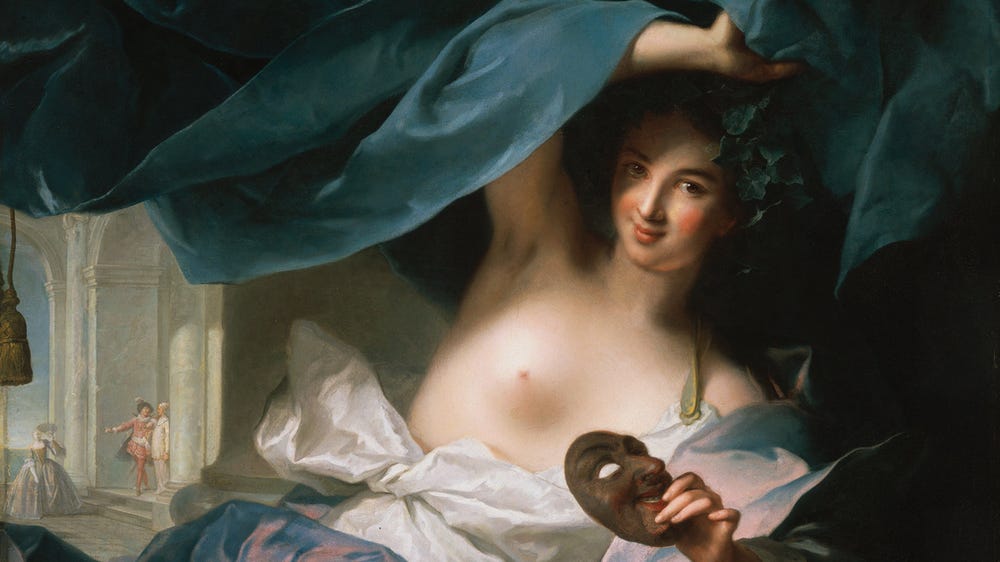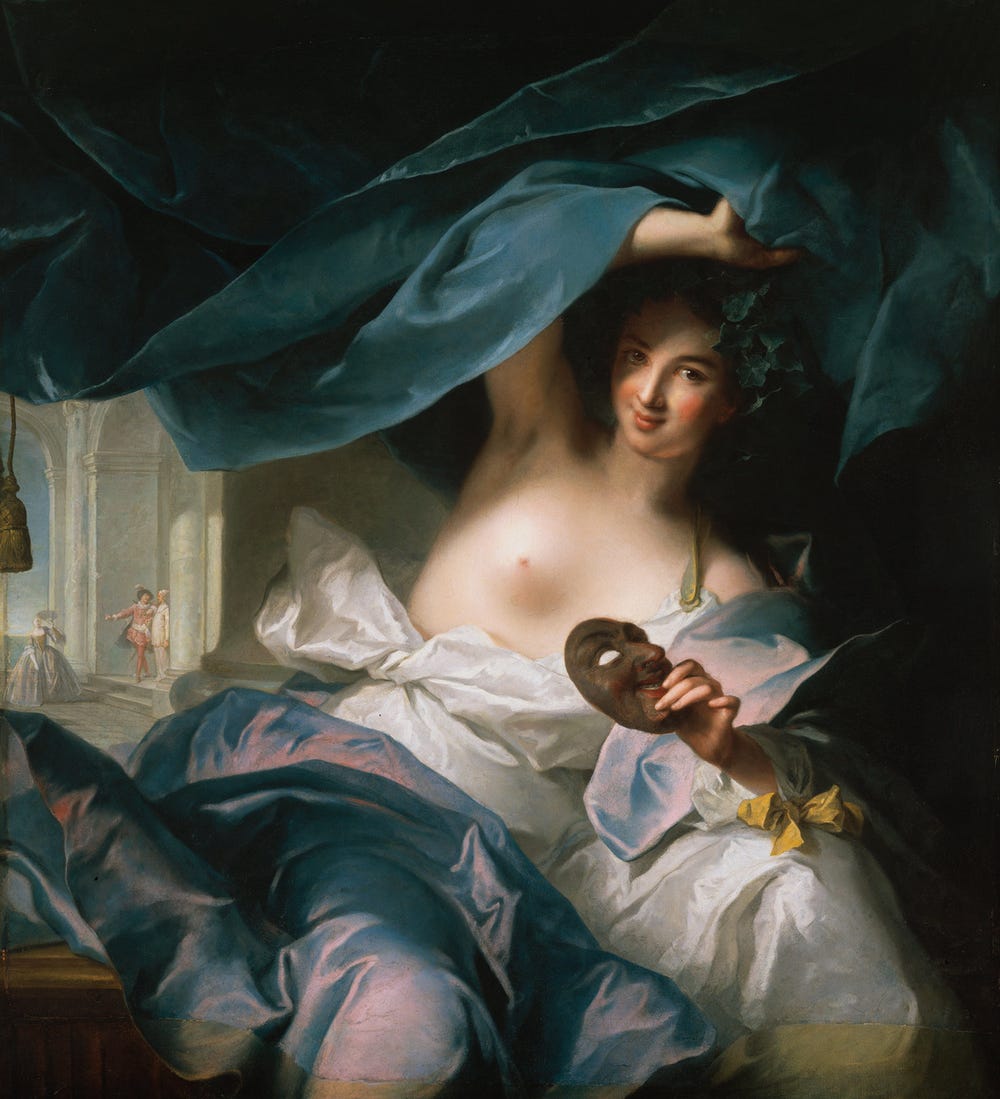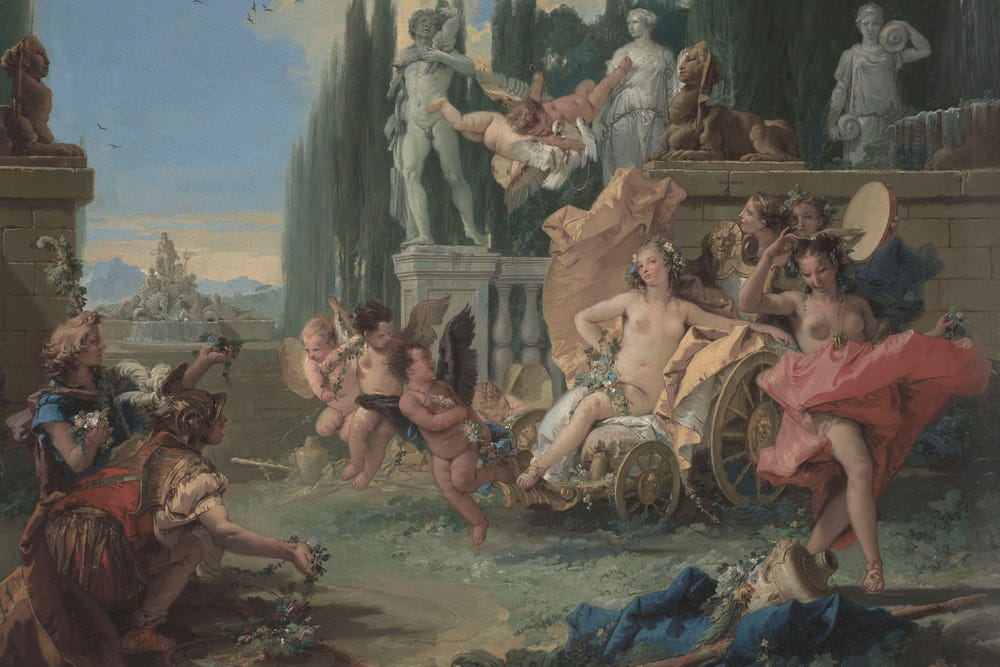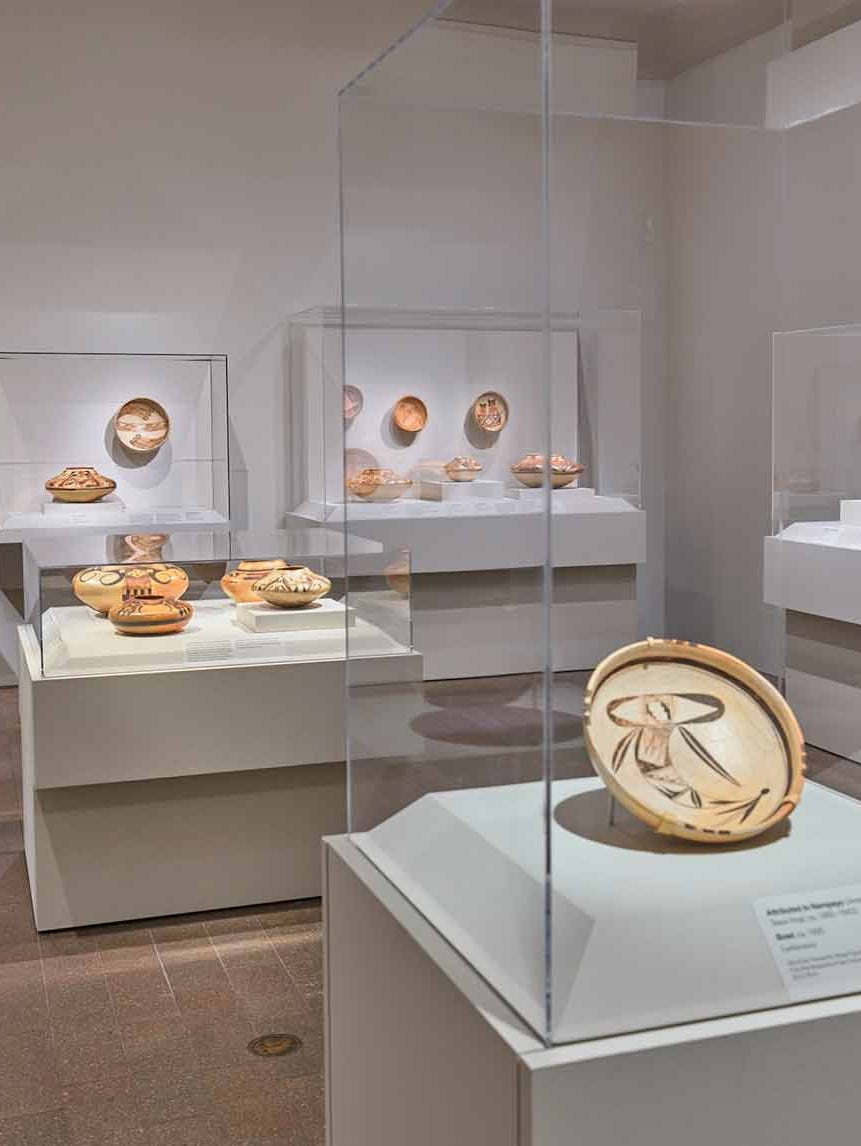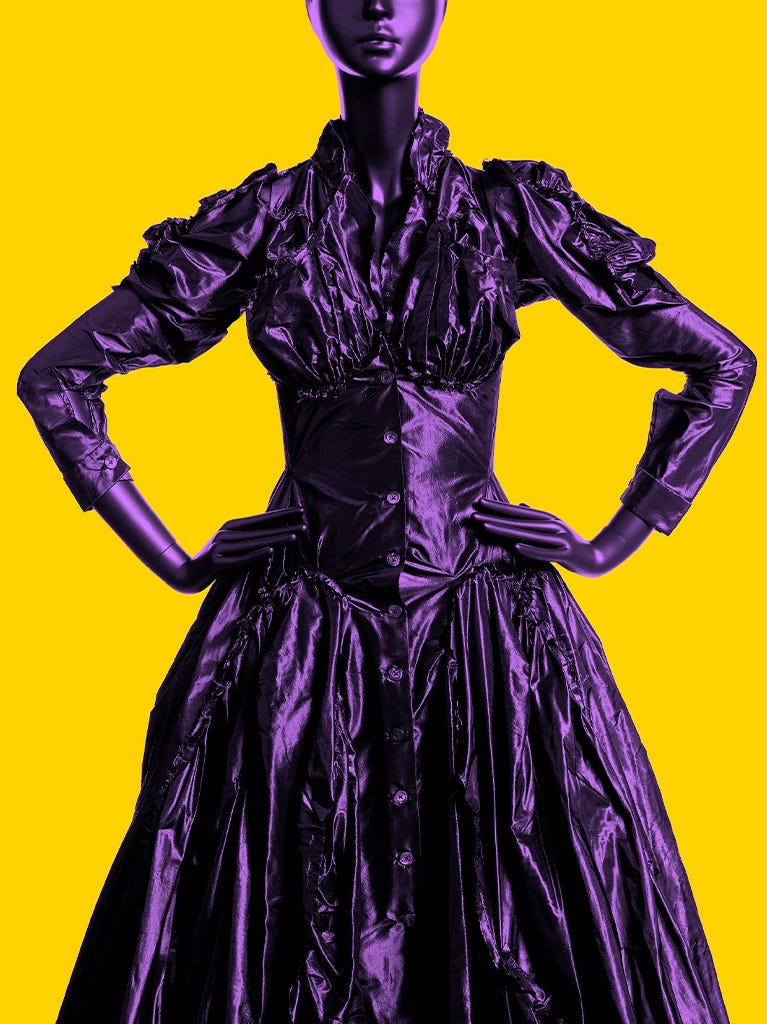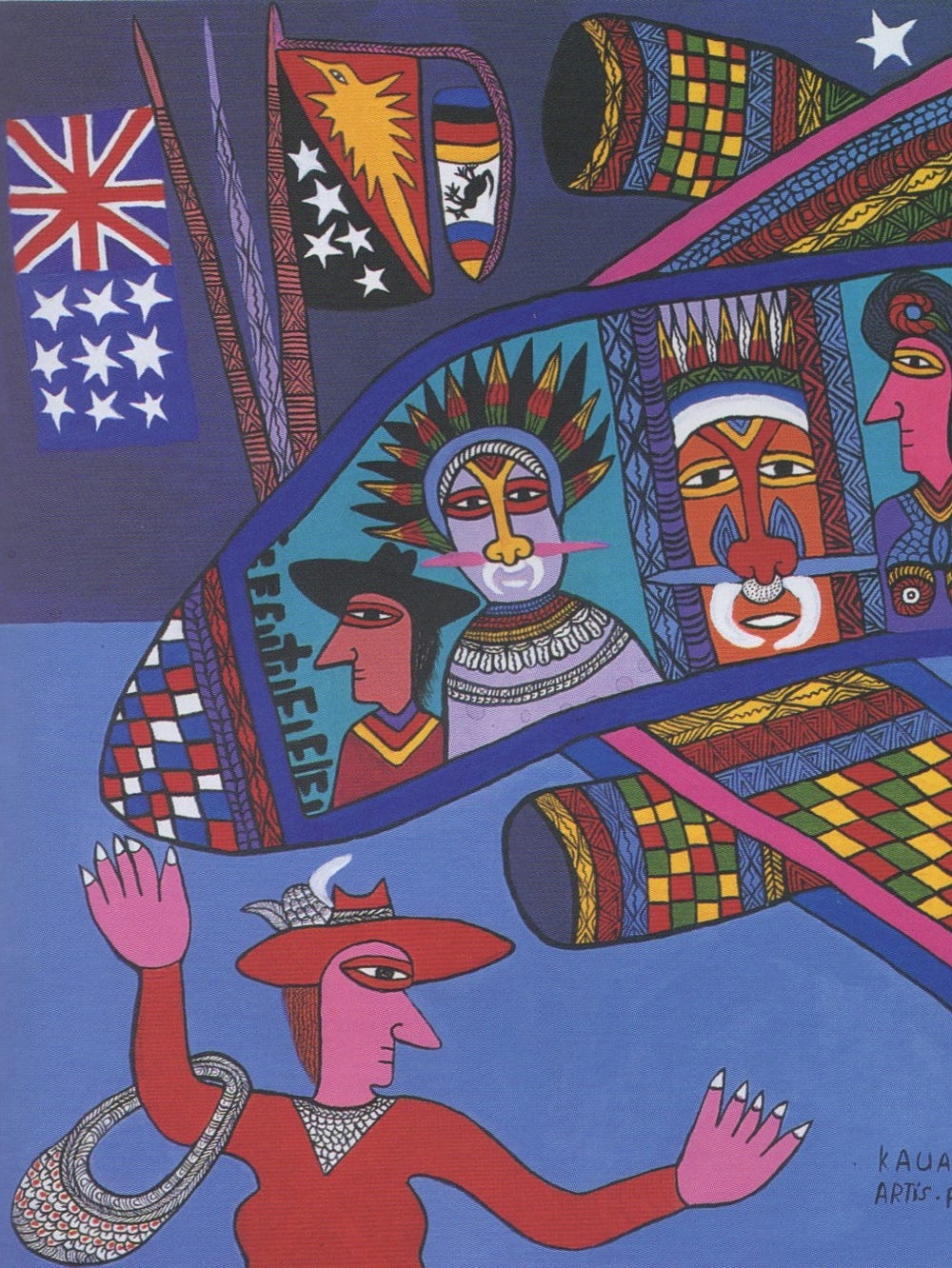Jean-Marc Nattier, Thalia, Muse of Comedy (detail), 1739. Oil on canvas, 53 1/2 x 49 in. (135.9 x 124.5 cm). Fine Arts Museums of San Francisco, Mildred Anna Williams Collection, 1954.59
Casanova: The Seduction of Europe
Jump to
Casanova: The Seduction of Europe explores the eighteenth century across Europe through the eyes of one of its most colorful characters, Giacomo Casanova (1725 – 1798). Renowned in modern times for his amorous pursuits, Casanova lived not only in Italy but also in France and England, and his travels took him as far afield as the Ottoman Empire and to meet Catherine the Great in Saint Petersburg. Gathering together paintings, sculpture, works on paper, furnishings, porcelain, silver, and period costume, The Seduction of Europe will bring the visual wealth of Casanova’s world to life. Following its display in Fort Worth, the exhibition will be on view at the Legion of Honor in San Francisco and the Museum of Fine Arts, Boston.
In depth
In the dynamic world of mid-eighteenth century Europe, people, ideas, and aesthetics crossed national boundaries. For an intelligent, curious, confident, and lucky person like Giacomo Casanova (1725 – 1798), the possibilities must have seemed endless. Stretching the limits of both social and physical mobility, he traveled from his native Venice to Paris, London, Dresden, and even Russia and the Ottoman Empire. He charmed — and was charmed by — every level of European society, from scoundrels to kings.
Casanova went everywhere, knew everyone, and wrote it all down. His twelve-volume autobiography — The Story of My Life — provides an unrivaled account of eighteenth-century society. Casanova was famously a womanizer and a cheat. He broke promises, perpetrated frauds, and skipped out on creditors. Many of his sexual exploits were scandalous and criminal in his own time, and, for different reasons, would be considered reprehensible today. But he was also a multitalented and multilingual intellectual and a keen observer of society, endowed with a surprisingly modern candor and capacity for self-invention. Many of the trends in our own society — from our obsession with celebrity culture to the confessions we make on social media — find precedents in Casanova’s writings and experiences.
A Child of Venice
Casanova, a child of actors, was born in Venice and grew up amid its cramped streets and extensive waterways. An avid reader with a poetic mind, he left at a young age to go to school in nearby Padua — receiving his doctorate of law at age sixteen — but he returned to his hometown repeatedly, and ultimately spent more than a quarter of his life in Venice.
Inside the Venetian Palace
Often hidden behind plain facades, the splendid interiors of Venice’s palaces must have astounded the modestly born Casanova. Within the city’s complex social environment, these spaces were stages where identity could be invented and performed — where a poor man, like Casanova, might learn how to appear wealthy. For this child of the theater, the act of fashioning one’s own role allowed him to rise through the ranks in a city with a rigid social hierarchy, where identities were fixed at birth — where changing one’s status was all but unthinkable.
The Troublemaker
Casanova used his newly elevated position to engage in behavior that got him into trouble: duping foreigners in gambling halls; conducting an elaborate affair with a nun, referred to in his memoirs as “M. M.”; and indulging in the occult and making public statements of heresy. Casanova’s notorious lifestyle eventually led to his being arrested for impiety, tried by the Inquisition, and imprisoned in 1755 for nearly a year before he escaped.
Amorous Pursuits
Love — whether romantic, carnal, or both — seems always to have been on Casanova’s mind. In that regard, he was very much a man of his moment; love was a prevailing theme in eighteenth-century art and literature, which gave expression to Europe’s evolving views on sexuality. The era witnessed the birth of libertinism, a movement advocating the abandonment of polite society’s conventions regarding love and sex. Libertines rejected the constraints of marriage, the condemnation of adultery, and the cultivation of female virtue — views that often centered exclusively on male desire, irrespective of the consequences to women.
Travel and Adventure
Casanova logged more than forty thousand miles on the road over six decades. In addition to Italy, France, and England, he journeyed to Constantinople, Poland, Austria, the Netherlands, Russia, Germany, Flanders, and Spain. He visited many of Europe’s political and intellectual centers hoping to find fresh adventures, valuable connections, and opportunities to make new fortunes.
I leave to others the decision as to the good or evil tendencies of my character. Giacomo Casanova
In the news
Film
Romance. Opulence. Brilliance. 18th-century culture through the eyes of Casanova.
Jean-Marc Nattier, Thalia, Muse of Comedy (detail), 1739. Oil on canvas, 53 1/2 x 49 in. (135.9 x 124.5 cm). Fine Arts Museums of San Francisco, Mildred Anna Williams Collection, 1954.59
Gallery
Sponsors
This exhibition is organized by the Fine Arts Museums of San Francisco, the Kimbell Art Museum, and the Museum of Fine Arts, Boston.
Presenting Sponsors: John A. and Cynthia Fry Gunn, Barbro and Bernard Osher, and Diane B. Wilsey. Lead Corporate Sponsor: Bank of America. Curator’s Circle: Barbara A. Wolfe.
Additional support is provided by Christie’s, Mrs. George Hopper Fitch, and the Samuel H. Kress Foundation.
The exhibition is supported by an indemnity from the Federal Council on the Arts and the Humanities.
Mannequins provided by Museum of Fine Arts, Boston, Loring Gallery Textile Exhibition Fund.
